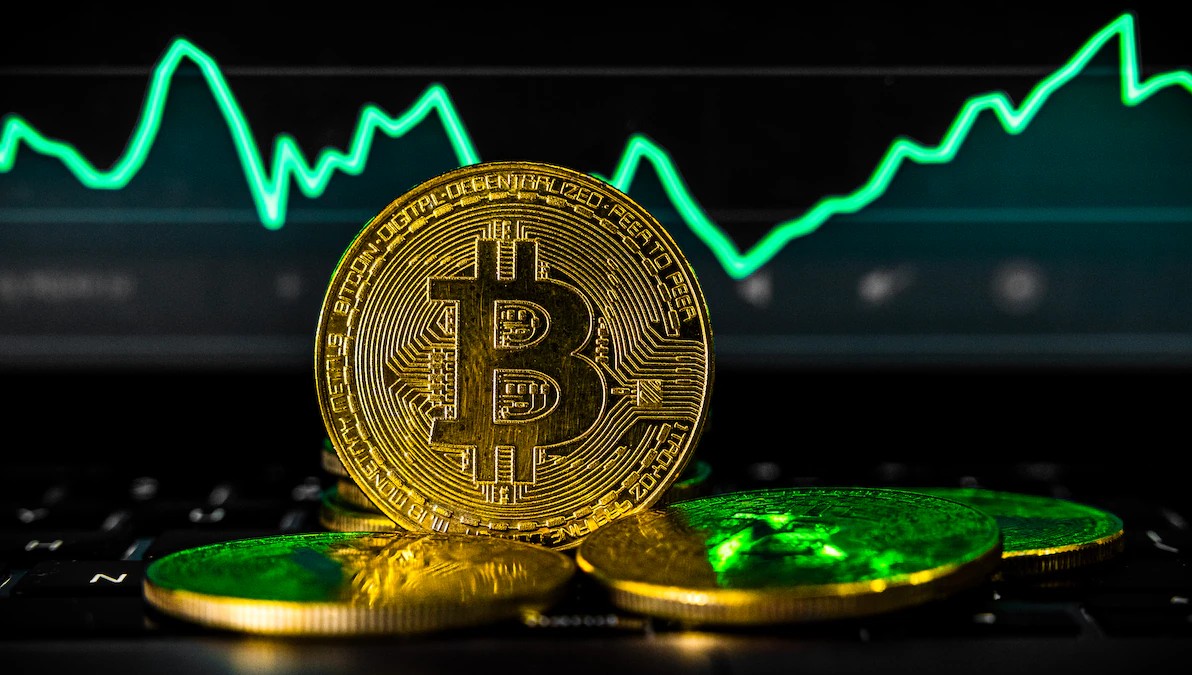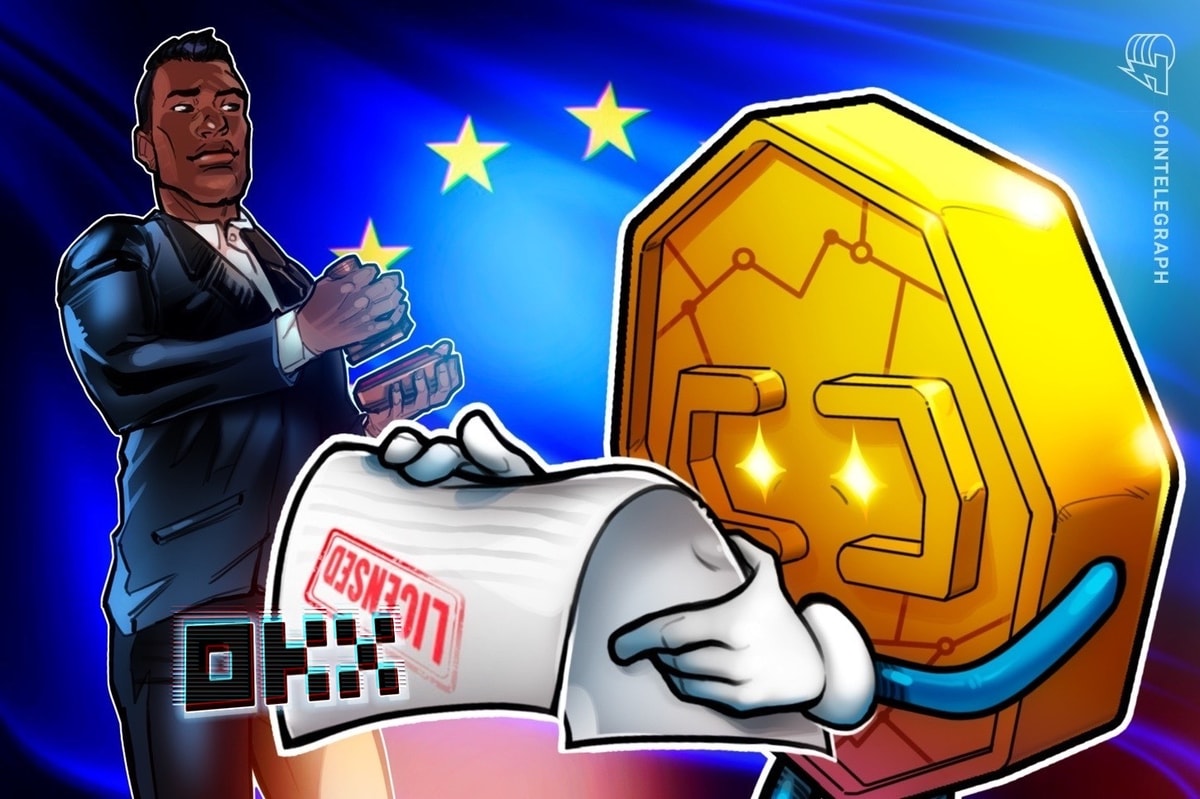 Brazil’s largest lender becomes latest TradFi institution to consider launching its own stablecoin Assad Jafri · 18 mins ago · 2 min read
Brazil’s largest lender becomes latest TradFi institution to consider launching its own stablecoin Assad Jafri · 18 mins ago · 2 min read
Global trend sees traditional banks embracing stablecoins as regulatory clarity and peer success shape strategies.

Cover art/illustration via CryptoSlate. Image includes combined content which may include AI-generated content.
Brazil’s largest bank, Itaú Unibanco, is considering launching its own stablecoin, making it the latest major traditional financial institution to announce similar plans.
The bank’s decision will depend on how Brazil’s regulatory framework evolves and how similar initiatives by major international institutions perform, local media reported.
Global trend
The move comes amid a wave of recent announcements by TradFi institutions regarding plans to launch or develop stablecoins.
In Japan, Sumitomo Mitsui Financial Group (SMFG) announced plans to build infrastructure for stablecoin issuance and payments.
The initiative will explore using stablecoins for settlements tied to tokenized bonds and real estate assets. A pilot program is expected later this year, while the full launch is slated for next year.
In the US, Bank of America CEO Brian Moynihan recently confirmed that the bank is prepared to launch a dollar-backed stablecoin if Congress establishes a clear legal framework.
The announcement places the US lender among a growing number of systemically important banks planning entry into the stablecoin sector.
These developments have come in the wake of US President Donald Trump’s formal rejection of a central bank digital currency (CBDC) and endorsements for stablecoins, which has shifted attention away from state-issued digital money and toward private-sector alternatives.
Middle ground
For traditional banks, stablecoins offer a middle ground, combining the efficiency and programmability of blockchain technology with the familiarity and trust of fiat currencies.
Itaú, which has previously tested digital asset custody and tokenization services, has not made a final decision. However, its leadership is closely monitoring the success of peers in the US and Asia, especially as they navigate evolving regulations and technical deployment.
Brazil’s central bank is still working with lawmakers to clarify how and when banks might be allowed to issue or manage stablecoins, leaving room for strategic hesitation.
As momentum builds globally, a successful stablecoin launch by Itaú would place the institution among a growing league of global banks seeking to modernize payment infrastructure through tokenized, fiat-pegged instruments.
While Brazil continues to shape its regulatory stance, Itaú’s readiness signals that Latin America is preparing to play a serious role in the next phase of digital finance.



















 English (US) ·
English (US) ·